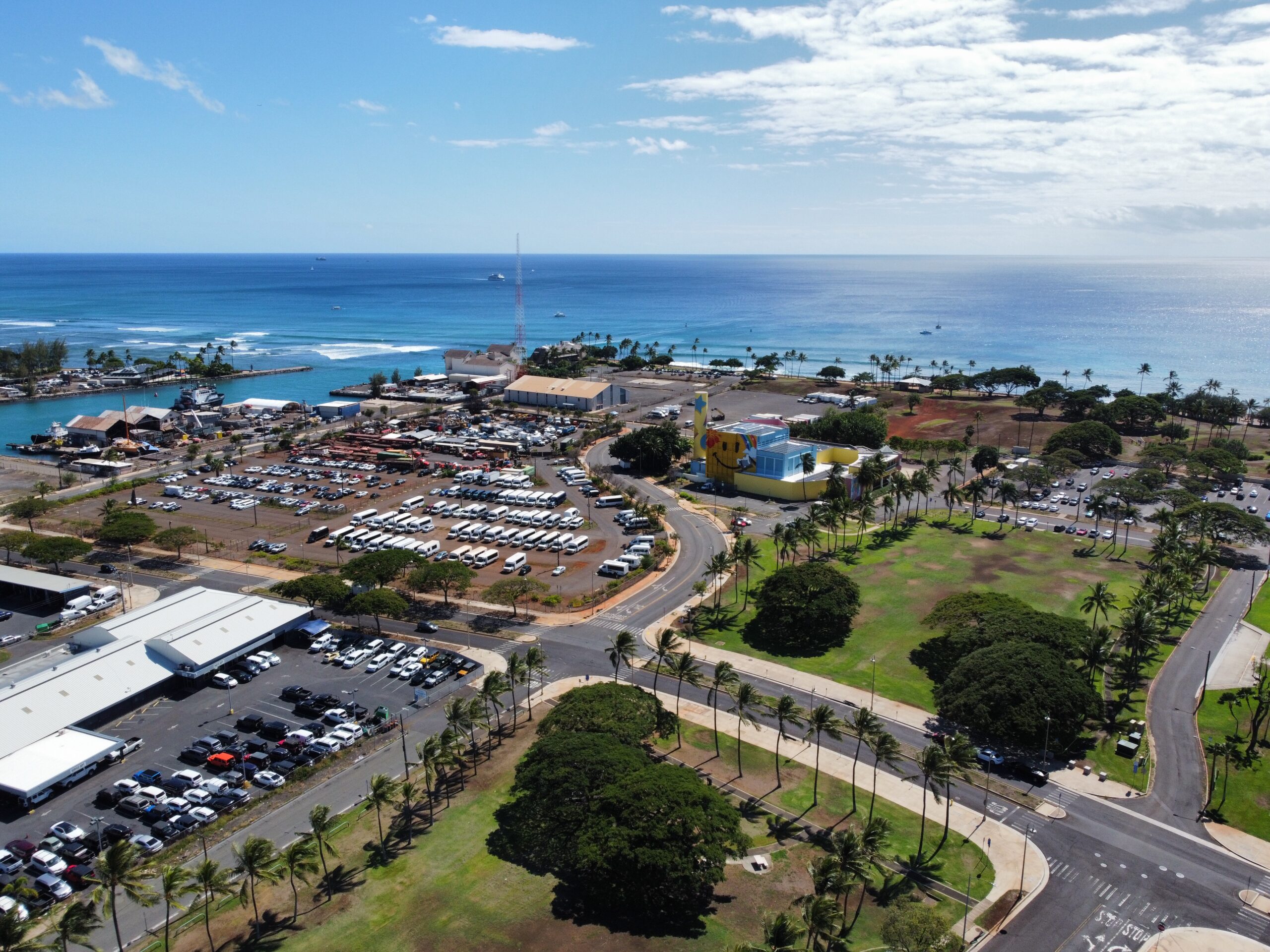By: Karl Veto Baker
Karl Veto Baker is the CEO of Kuilei Consulting Inc., the development arm of OHA charged with overseeing the projects at Kakaako Makai. He is a renowned kumu hula and has had a career in banking and real estate.
A few weeks ago many of us celebrated Indigenous People’s Day with a day off from work. Hopefully, we paused to reflect on what that means. The genocide of native peoples is part of the history of this nation.
But I see signs of progress in that the federal government is confronting this nation’s past and is trying to make amends. Indigenous People’s Day is a gesture in that direction, honoring as it does the original inhabitants of this land.

Recently the National Park Service issued a memorandum calling for co-management of all federal parks by strengthening the role of American Indian, Alaska Native Tribes, Alaska Natives entities, and the Native Hawaiian community in the stewardship of national park lands and waters. This too is progress.
The Office of Hawaiian Affairs welcomes this growing recognition. It is an acknowledgement not just of the debt owed to indigenous peoples for the seizure of their lands but recognition that native peoples have a tradition of stewardship that has served us well for generations.
OHA’s Mana i Mauli Ola Strategic Plan explicitly recognizes the connection that Native Hawaiians have to the aina as the foundation of who we are. We take to heart our ʻŌlelo Noʻeau (Hawaiian proverb):
He aliʻi ka ʻāina; he kauwa ke kanaka. (Land is a chief; man its servant.)
This is top of mind as OHA considers how best to discharge its obligations to its beneficiaries relative to our assets in Kakaako Makai. The 30 acres OHA holds within Kakaako Makai are Hawaiian lands, not “public lands.”
The transfer in 2012 of these lands, valued then at $200 million, to OHA by the state was viewed as settlement of the long overdue debt to OHA for its share of the revenues from ceded lands as provided for by law.
The new leadership of OHA has done a great deal of due diligence and is making progress on plans to develop the Kakaako Makai lands in ways that serve our beneficiaries best. Mindful stewardship of the aina — land and water — is part of the DNA of Native Hawaiians. It is from a place of reverence and responsibility for the aina that OHA is looking at how best to optimize the development of the Kakaako Makai lands.
This is the perspective from which we look at what we do next regarding Kakaako Makai. We are not a run-of-the-mill real estate developer. We are mission-driven. This effort is being led by Native Hawaiians for Native Hawaiians.
We understand the challenges. We have to huli a system in which native Hawaiians have a disproportionate presence in prisons and among the houseless but have for too long been excluded from the wealth and benefits of the land on which their ancestors raised their families.
We are not a run-of-the-mill real estate developer.
We envision development on our Kakaako Makai lands where everyone, from keiki to kupuna, can feel welcome and comfortable. We envision a place where our people do not feel crowded out by tourists, a place where they can live, work and play.
But we are also pragmatists who recognize that these lands must yield revenues that can feed the other programs OHA funds in education, health care, housing and economic development.
OHA is not interested in following the herd and simply maximizing profit. Rather, OHA is driven to deliver value through smart, thoughtful use of its assets so that it can fulfill its duty to its beneficiaries. Our research shows that people of all ethnicities are delighted by what we might do to perpetuate Hawaiian culture and prioritize the well-being of those who have been kept waiting for far too long.
How we develop Kakaako Makai is about more than getting a financial return on investment. It’s about bending the moral arc of the universe here in Hawaii a little more towards justice.
Original post can be found at: https://www.civilbeat.org/2022/11/understanding-ohas-plans-for-kakaako-makai/
